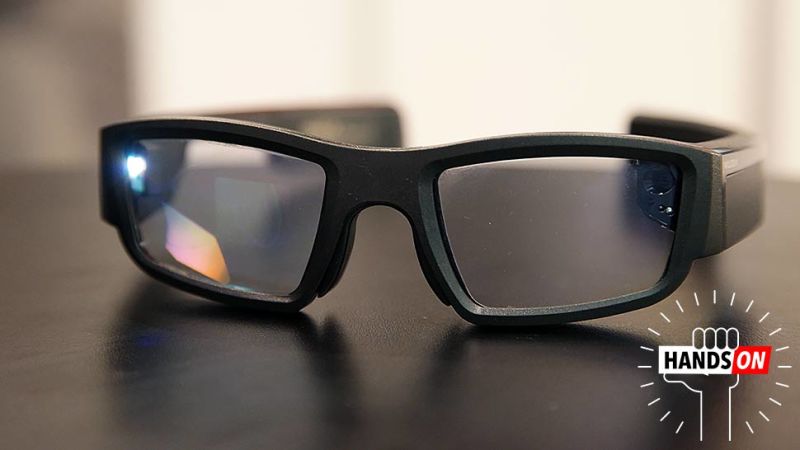In a third test attempting to assess Google Photos’ view of people, WIRED also uploaded a collection of more than 10,000 images used in facial-recognition research. The search term “African american” turned up only an image of grazing antelope. Typing “black man,” “black woman,” or “black person,” caused Google’s system to return black-and-white images of people, correctly sorted by gender, but not filtered by race. The only search terms with results that appeared to select for people with darker skin tones were “afro” and “African,” although results were mixed.
A Google spokesperson confirmed that “gorilla” was censored from searches and image tags after the 2015 incident, and that “chimp,” “chimpanzee,” and “monkey” are also blocked today. “Image labeling technology is still early and unfortunately it’s nowhere near perfect,” the spokesperson wrote in an email, highlighting a feature of Google Photos that allows users to report mistakes.
Google’s caution around images of gorillas illustrates a shortcoming of existing machine-learning technology. With enough data and computing power, software can be trained to categorize images or transcribe speech to a high level of accuracy. But it can’t easily go beyond the experience of that training. And even the very best algorithms lack the ability to use common sense, or abstract concepts, to refine their interpretation of the world as humans do.
Source: When It Comes to Gorillas, Google Photos Remains Blind | WIRED

